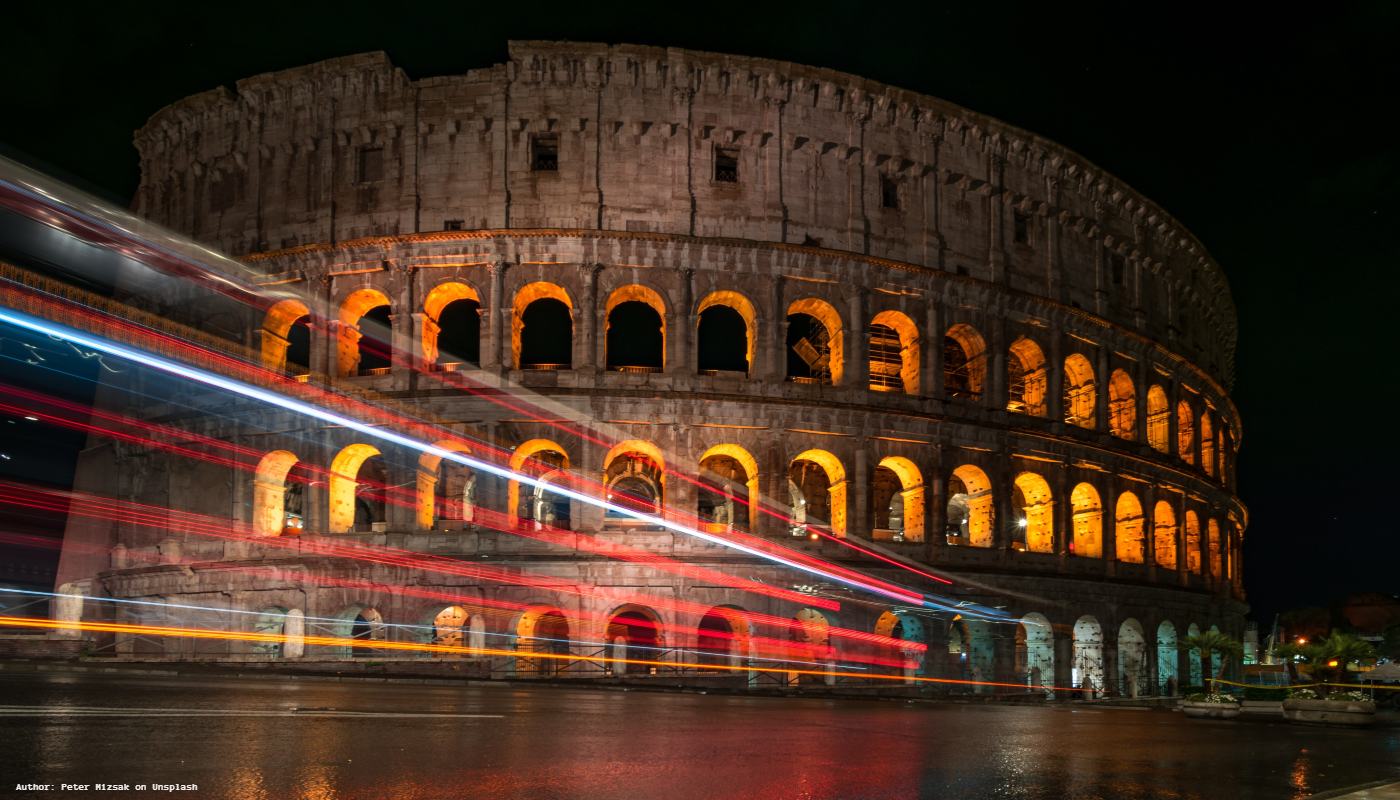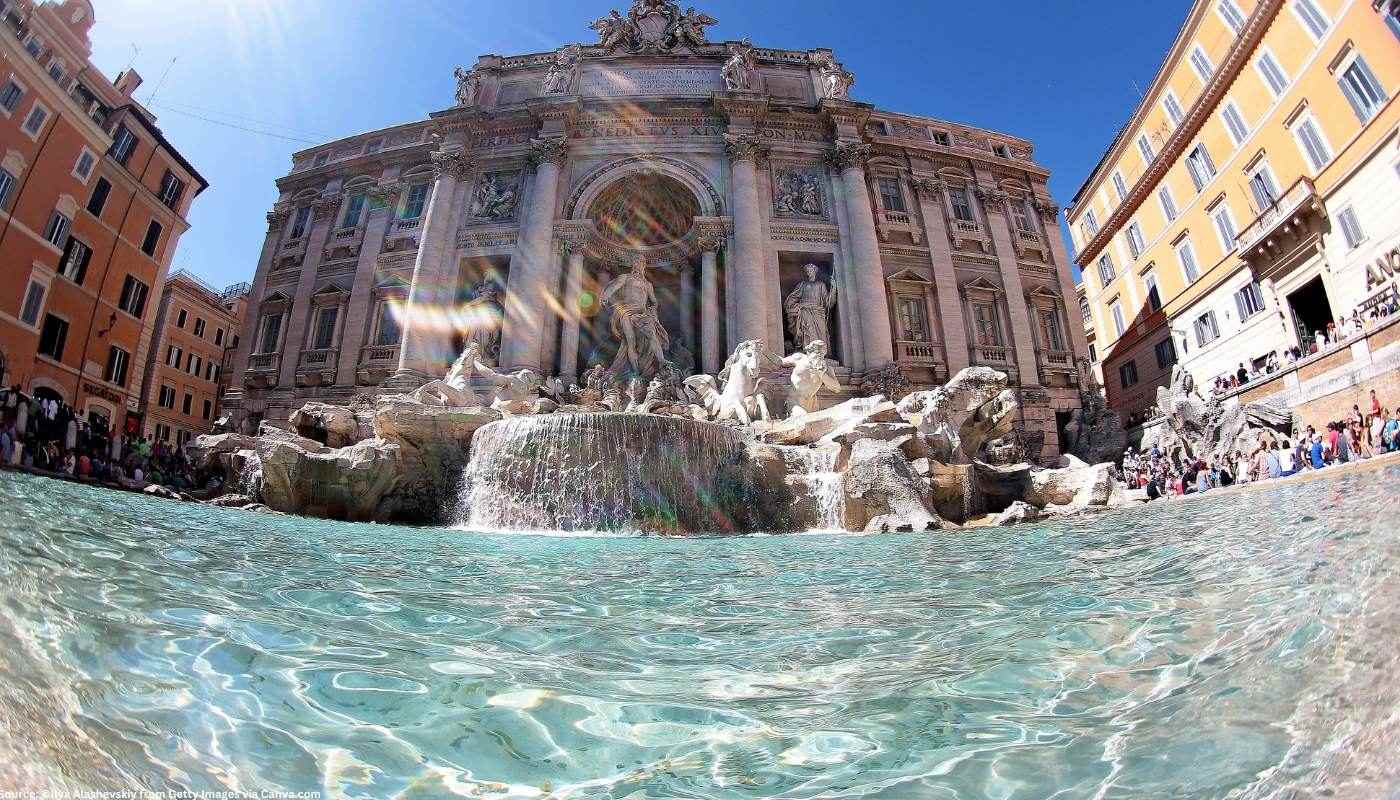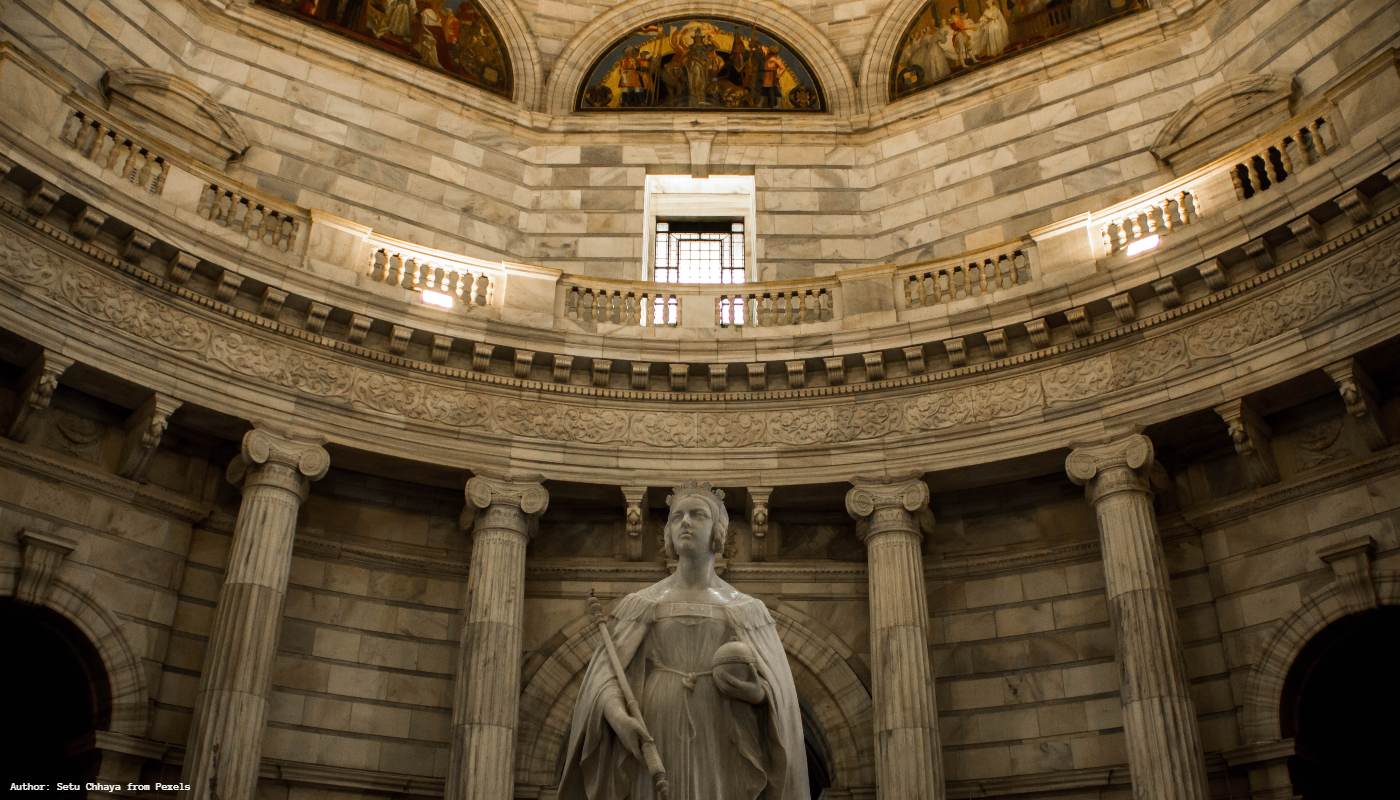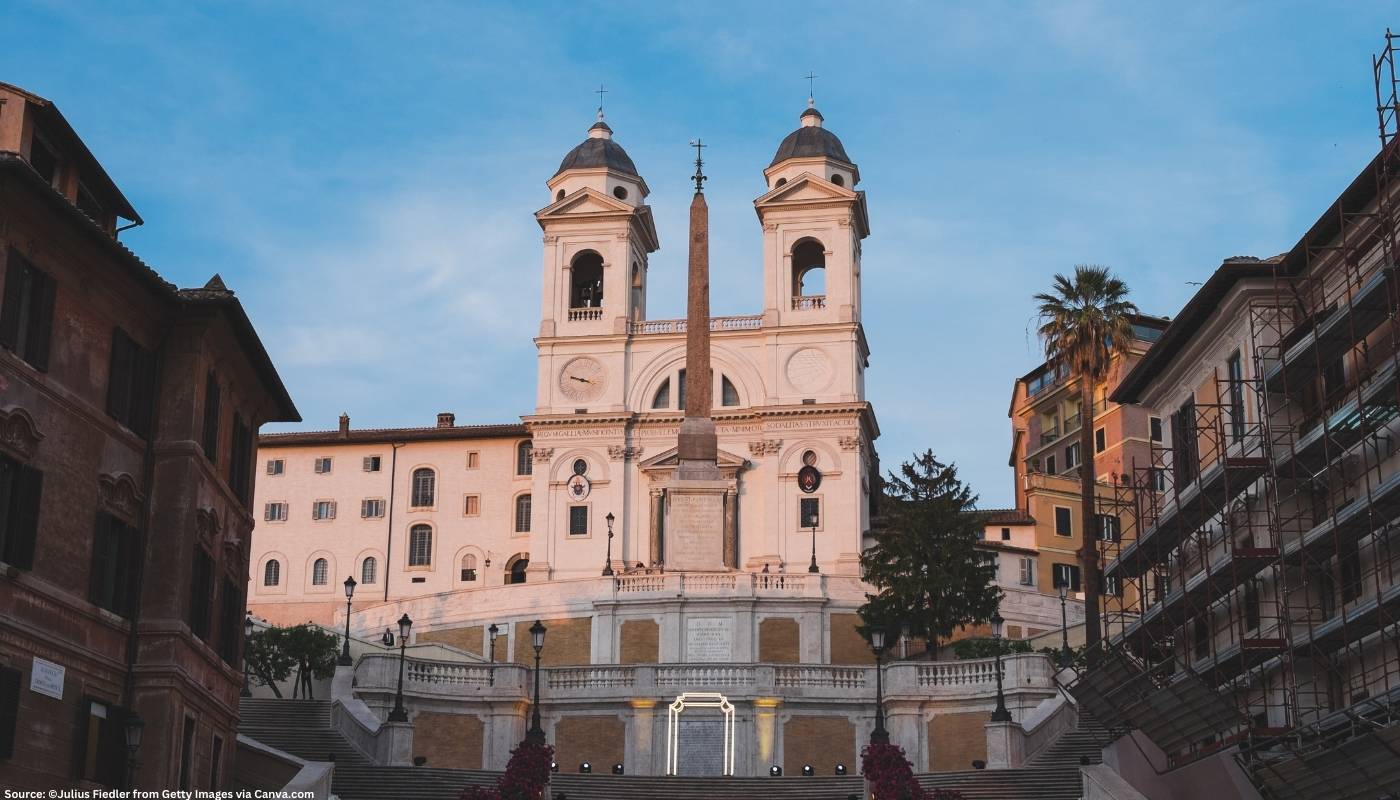Vatican City
Share this attraction
Back
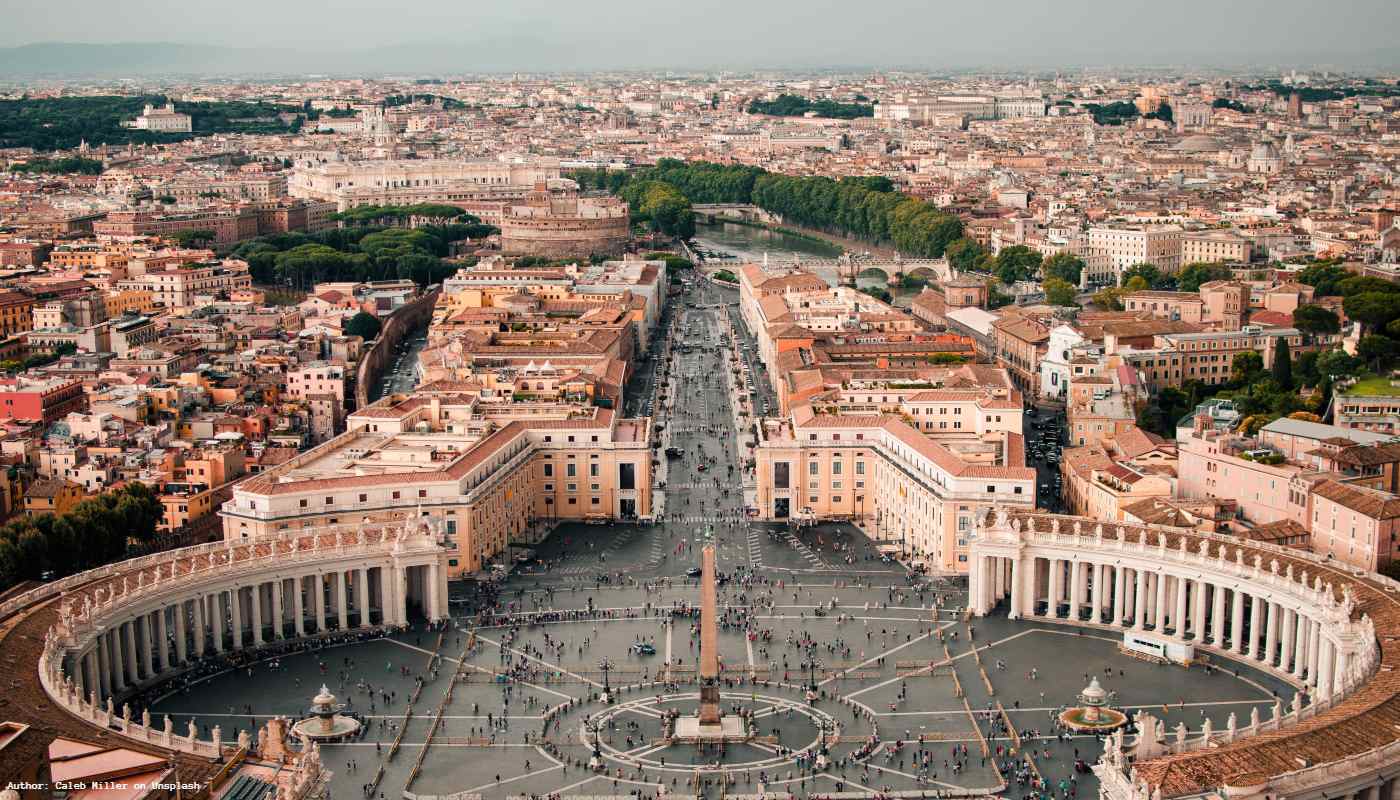
Vatican City
Rome
Vatican City – the most important information
Vatican City is the world’s smallest state, located within Rome, Italy. It is known as the Vatican and it is the seat of the Roman Catholic Church; also, it is an enclave in Rome.
History of Vatican City
The area where the Vatican lies today was once a marshy region called Ager Vaticanus. During the Roman Empire, first it was an administrative region with expensive villas, and a circus built in the gardens of Emperor Caligula’s mother. After the fire in Rome, Emperor Nero executed St. Peter and other Christians at the base of Vatican Hill, blaming them for the fire. They were buried there in a necropolis over which Emperor Constanine I began constructing a basilica in 324. From that point on, the basilica started drawing in Christian pilgrims, and the area developed into a popular pilgrimage site.
Famous landmarks such as the Apostolic Palace, the Sistine Chapel and the new St. Peter’s Basilica were erected after the Church returned in 1377 from France. Vatican City was established as a sovereign entity distinct from the Holy See in 1929 by the Lateran Pacts. Today it is the home of the pope and the Roman Curia, and the spiritual center for followers of the Catholic Church.
What to see in Vatican City?
Vatican City is home to many impressive sights. Some of them are:
- St. Peter’s Basilica – world’s largest basilica of Christianity, built in the Renaissance style. The Old St. Peter’s Basilica from the 4th century was replaced by the present one, built between 1506 and 1626. It was designed principally by Donato Bramante, Michelangelo, Carlo Maderno and Gian Lorenzo Bernini. The Basilica is the burial site of Saint Peter, chief among Jesus’s apostles and also the first Bishop of Rome. Today, a number of liturgies are being held there by the pope throughout the year.
- Vatican Museums – the public museums of the Vatican City that display works from the Catholic Church’s collection, that was gathered throughout the centuries. The collection has around 70,000 works, of which 20,000 are on display. The museums were founded in the early 16th century by Pope Julius. They have 24 galleries, with the Sistine Chapel being the last sala within the Museum.
- Sistine Chapel – a chapel in the Apostolic Palace, most famous for Michelangelo’s iconic painted ceiling. The Apostolic Palace is the official residence of the pope. The Chapel was originally known as the Cappella Magna and it was built between 1473 and 1481 by Pope Sixtus IV. Today, the Chapel is the site of the papal conclave. The most famous frescoes inside the Chapel are the Sistine Chapel ceiling and The Last Judgment, both by Michelangelo.
- St. Peter’s Square – a large plaza with a fountain and an obelisk, located in front of St. Peter’s Basilica. An ancient Egyptian obelisk built in 1586 is located in the center of the square. The square was designed by Gian Lorenzo Bernini.
- Gardens of Vatican City – private urban gardens and parks in the west of the Vatican. They are owned by the Pope and within them there are Vatican Radio and the Governor’s Palace. The gardens were opened to the public in 2014 by Pope Francis and they can be visited only with the presence of a tour guide.
- Gallery of Maps – a gallery on the west side of the Belvedere Courtyard that contains a series of painted topographical maps of Italy. They are based on drawings by friar and geographer Ignazio Danti. Danti worked three years on the 40 panels of the 120 meters long ornate corridor with centuries-old maps.
Tickets and opening hours
Here is the information on tickets and opening hours for the previously mentioned tourist attractions:
- Tickets:
- St. Peter’s Basilica – the entrance to the Basilica is free. Climbing to the top of the Dome with a lift to the terrace plus 320 steps is € 8, or climbing 551 steps by foot is € 6.
- Vatican Museums and the Sistine Chapel – the entrance fee for adults is € 16, for students and children it’s € 8. The entrance is free the last Sunday of every month.
- Gardens of the Vatican City – there are different agencies that operate the tour of the Gardens for about € 22.
- Opening hours:
- St. Peter’s Basilica – the Basilica is open daily from 7 am to 6:30 pm from October to March, and from 7 am to 7 pm from April to September.
- Vatican Museums and the Sistine Chapel – the Museums are open from Monday to Saturday from 9 am to 6 pm. They are closed on Sundays, except the last Sunday of each month, when they’re open from 9 am to 2 pm.
- Gardens of the Vatican City – the Gardens are open from Monday to Saturday from 8:30 am to 9:30 pm.
How to get to Vatican City?
Vatican isn't hard to reach. You can use public transportation, and get to the Vatican by:
- Metro – the closest station is Ottaviano-S. Pietro Station, use metro Line A.
- Bus – bus number 40 goes to the Piazza Pia stop, while number 64 goes to the Terminal Gianicolo stop. Bus 49 stops in the square in front of the Vatican Museums, and buses 32, 81, and 982 stop at Piazza del Risorgimento.
- Train – the train station in the Vatican is St. Pietro and you can use trains RE 12524 and RE 4134.
- Tram – line number 19 to Piazza del Risorgimento stop.
What should you know before visiting Vatican City?
Here are some things to have in mind before visiting the Vatican:
- There is a dress code – you have to be dressed appropriately to gain entry to the Vatican Museums, the Sistine Chapel, St. Peter’s Basilica, and the Vatican Gardens. That means you can’t wear sleeveless, low-cut garments, shorts that end above the knee, miniskirts, and hats. If you have any visible personal objects or signs, such as jewelry or tattoos that could offend Catholic morality, the Catholic religion, and common decency, you will also be denied entry.
- You have to leave your luggage, suitcases, bags, packages, and containers bigger than 40 x 35 x 15 cm in the cloakroom.
- There are some items that you cannot bring inside such as medium and large umbrellas, sticks, video cameras, banners, and signs of any type, as well as knives, scissors, and/or metal tools of various types.
- It is forbidden to have alcoholic beverages or eat or drink when inside the exhibition halls.
- Phones must be kept on silent mode inside the buildings. Flash photography is forbidden.
- Only guide dogs for the blind or partially-sighted are allowed, and only with a muzzle and lead.
Vatican City trivia
Here are some interesting facts about Vatican City:
- The Vatican covers 109 acres within a 2-mile border.
- The state also has another 160 acres of holdings in remote locations.
- The Vatican maintains its own banking and telephone systems, post office, pharmacy, newspaper, and radio and television stations.
- The state has 600 citizens, including members of the Swiss Guard that have been protecting the pope since 1506.
Location
Learn more about this destination
Discover the beauty of the destination through blogs that highlight the most famous landmarks, hidden gems, and provide travel tips for visiting this destination. Embark on an adventure through the stories of experienced travelers.







